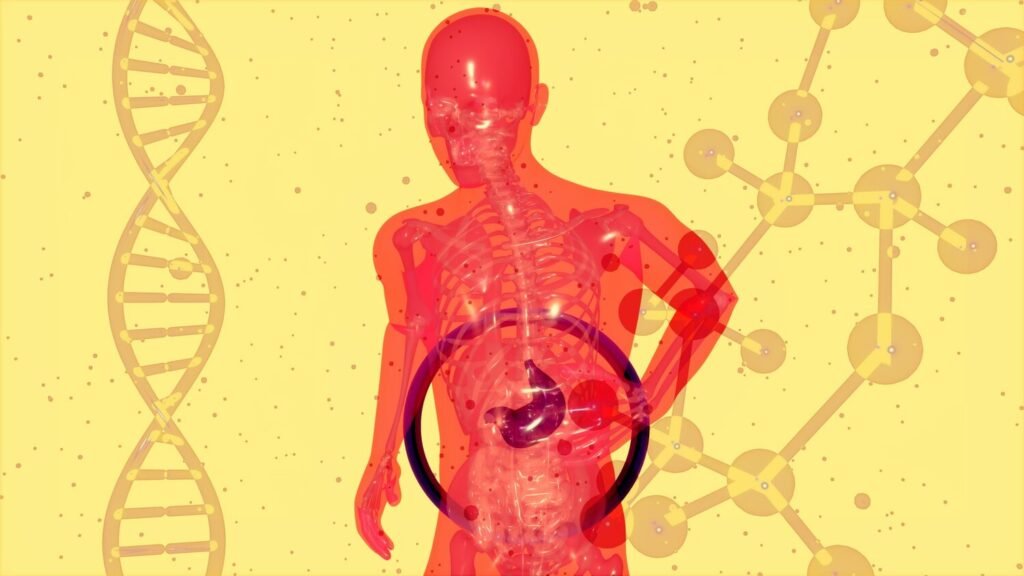This is a summary of one of our paper publications at PharmaJen. Please access the below link to read the complete paper:
https://www.tandfonline.com/doi/full/10.1080/00498254.2021.1998732Enzymes act as crucial signposts in the intricate maze of human metabolism, guiding and accelerating various biochemical reactions. Among these, the UGT1A1 and UGT1A3 enzymes have recently piqued scientific curiosity. Let’s embark on a journey to understand their significance, the recent revelations, and what this means for the future of medicine.
The Enzymatic Landscape: A Primer
Enzymes are not just mere proteins; they are nature’s catalysts, ensuring that vital reactions occur at rates compatible with life. The UGT family, to which UGT1A1 and UGT1A3 belong, is instrumental in a process called glucuronidation. This vital metabolic pathway transforms lipophilic (fat-loving) substances into water-soluble compounds, priming them for elimination from the body.
The Study: Objectives and Design
In the bustling world of enzymatic research, a team sought to demystify the workings of UGT1A1 and UGT1A3. Their goal? To dissect the in vitro enzyme kinetics and inhibition patterns of these isoforms using three diverse systems:
1. Human liver microsomes (HLM)
2. Human intestinal microsomes (HIM)
3. Recombinant UGT (rUGT) enzyme systems
But why these systems? Each offers a unique environment, with HLM and HIM replicating the natural settings of the liver and intestines, respectively. In contrast, the rUGT system provides a more controlled environment, free from other interfering factors.
Delving into the Methodology
To unearth the secrets of these enzymes, the team employed a range of advanced laboratory techniques:
– Substrate Introduction: Specific compounds, known to be metabolized by UGT1A1 and UGT1A3, were introduced. Observing their transformation gave insights into enzyme activity.
– Kinetic Analysis: By varying substrate concentrations and recording reaction rates, the researchers painted a picture of the enzymes’ kinetic behaviors.
– Inhibition Studies: These are crucial to understand how certain compounds can hinder enzyme activity, which has direct implications for drug interactions.
Revelations: The Heart of the Findings
1. UGT1A1: Consistently across all systems, this enzyme displayed allosteric sigmoidal kinetics when processing β-estradiol 3-β-D-glucuronide. This suggests its activity can be modulated by other factors or molecules, a significant insight for drug development.
2. UGT1A3: A more mercurial character, UGT1A3 presented varied behaviors. In HLM, it showcased Michaelis-Menten kinetics. However, in HIM and rUGT, substrate inhibition kinetics took center stage.
3. Collaborative Project Between FCC and AstraZeneca: The synergy between FCC and AstraZeneca in a three-year project exemplified how collaborative endeavors could refine predictive models and methodologies, augmenting the precision in drug discovery and development.
Why Should We Care? The Bigger Picture
These revelations aren’t just academic exercises. They hold profound implications:
– Drug Development: Understanding enzyme kinetics can guide pharmaceutical research, ensuring drugs are metabolized at optimal rates, maximizing efficacy and minimizing side effects.
– Personalized Medicine: With insights into how these enzymes work, we inch closer to tailoring medical treatments based on individual metabolic profiles.
– Predicting Drug Interactions: The inhibition studies can shed light on potential drug-drug interactions, a major concern in polypharmacy.
While this study illuminates corners of the metabolic maze, much remains to be explored. However, with each study, science advances, promising better, more informed healthcare for all.

